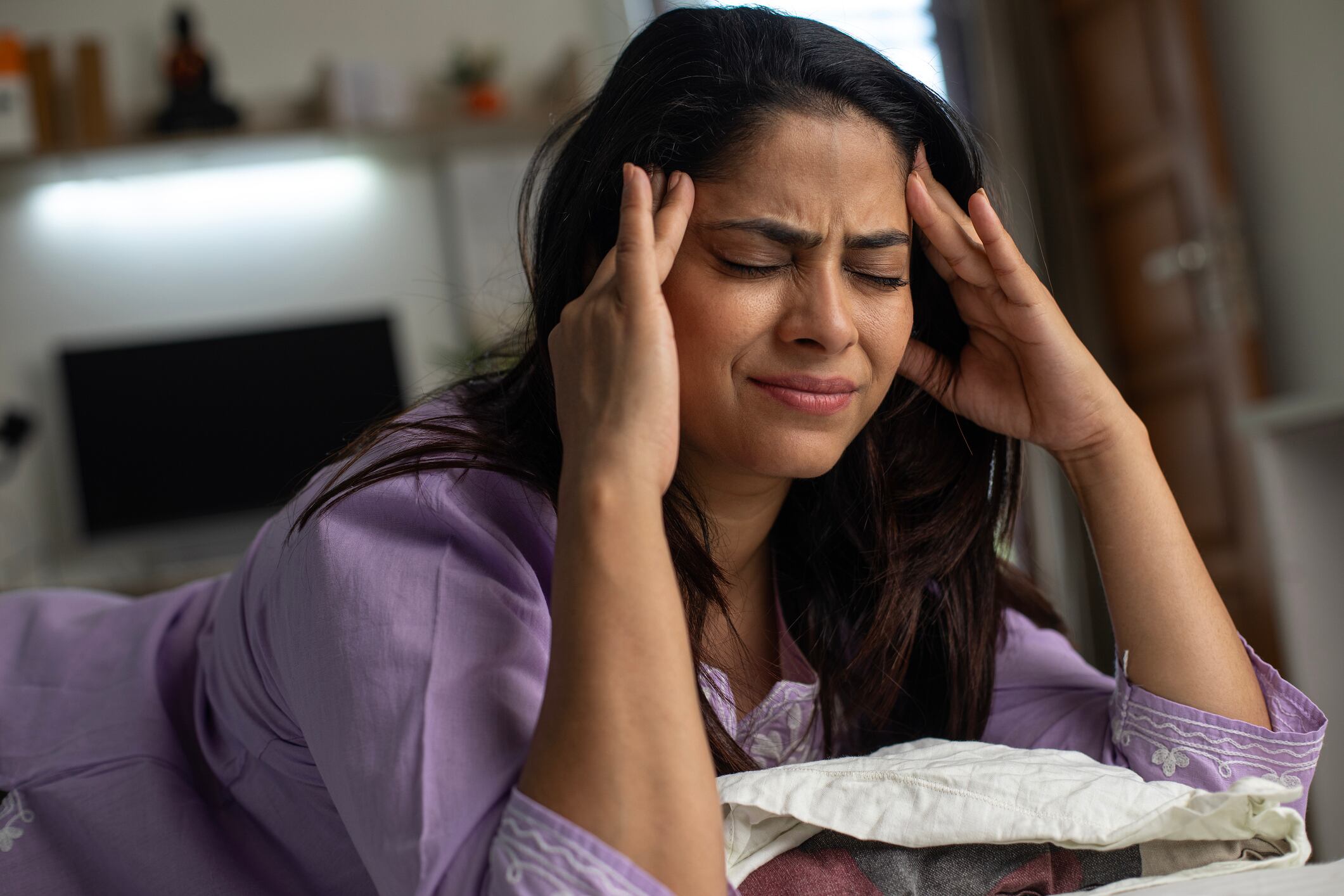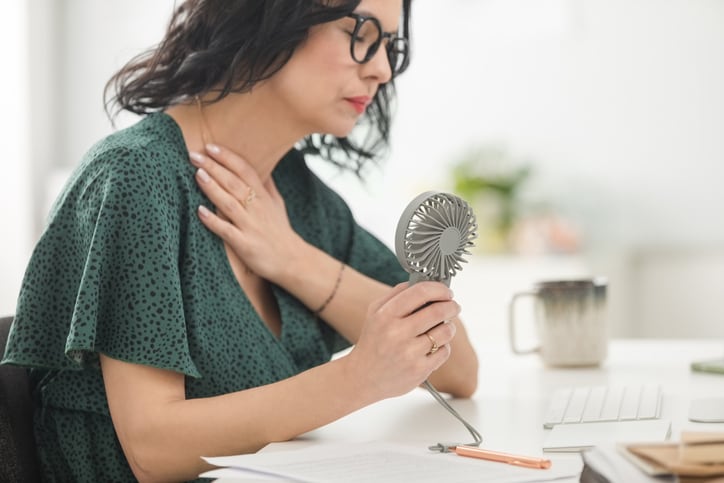The online survey, conducted by the University of Otago in 2022, collected responses from 530 individuals. A majority of the respondents (82 per cent) were women.
The respondents were recruited via social media and other channels such as the Migraine Foundation Aotearoa New Zealand (MFANZ), the patient-facing education website Health Navigator (now Healthify), the Neurological Foundation of NZ and the NZ Pain Society.
The survey asked about a wide range of migraine prevention approaches, including pharmaceutical drug use, health supplements use, and complementary therapies use.
Findings of the survey, published in the Journal of Clinical Medicine, showed that nearly half of the respondents (49 per cent) were taking a supplement at the point of the survey.
Another 40 per cent said they had previously used supplements while 11 per cent said they have never used supplements before.
“People with headache on 15 or more days a month were significantly more likely to be currently using a supplement than those with less frequent headache.
“Only two per cent of people with high-frequency headache had never used a supplement for migraine, compared with 13 per cent of people with less frequent headache,” said the researchers.
Among respondents who were taking supplements during the survey, over half were taking one supplement, 38 per cent were taking two and 11 per cent were taking between three and five supplements.
Magnesium and riboflavin were the top two most commonly used for migraine prevention.
Two in five (42 per cent) respondents were taking magnesium at the point of the survey, while one in five (22 per cent) was taking riboflavin.
Coenzyme Q10 came in third with seven per cent using it at the point of the survey, followed by the botanical feverfew at three per cent, and butterbur at one per cent.
The researchers said that magnesium and riboflavin were the most commonly used supplements due to their level of scientific backing and safety profiles.
“The commonly used supplements among respondents were the ones with the best evidence and safety profiles (magnesium and riboflavin).
“Supplements that have at least some evidence for effectiveness in migraine prevention include magnesium, riboflavin (vitamin B2), coenzyme Q10, feverfew and butterbur,” they said.
Other supplements used include omega 3, vitamin D3, iron, vitamin C, lysine and multivitamins.
The lower proportion of respondents using butterbur may be due to liver toxicity concerns, while feverfew is not recommended for use during pregnancy.
“Of note, there have been concerns about potential liver toxicity with the use of butterbur, which has led some countries to withdraw this product from the market, and feverfew is not recommended in pregnancy.”
Although magnesium is the most used supplement, it also has the highest rate of discontinued use due to side effects or a lack of effectiveness.
In this case, 19 per cent of the respondents said they had stopped taking magnesium because it did not work for them, while 12 per cent said they had stopped due to side effects or other reasons.
For all five supplements, the most common reason for discontinuation was because of a perceived lack of effectiveness. Stopping because of side effects was much less frequent, the researchers pointed out.
However, the researchers also cautioned that it was difficult to assess whether the perceived lack of effectiveness was due to reasons such as inadequate dosage or treatment duration.
As such, they have recommended to explore these two aspects in future research.
Most keen in trying CoQ10
Out of the above five supplements, most respondents were interested in trying coenzyme Q10 for migraine prevention.
Almost one in two (49 per cent) of the respondents said they have never used CoQ10 but would like to try it.
Butterbur came in next, with 45 per cent of the respondents interested to use it.
This was followed by feverfew, riboflavin, and magnesium, where 41 per cent, 39 per cent, and 18 per cent of the respondents said they would like to use it.
Although over 40 per cent of the respondents were willing to try out butterbur and feverfew, there were also a substantial number of respondents who have never used and were not willing to try out these two supplements.
For instance, 47 per cent of the respondents said they have never used and did not want to use butterbur.
In fact, the number of respondents who were not willing to use butterbur was the highest among the five supplements.
A similar trend was also seen for feverfew, with 36 per cent of the respondents saying that they have never used and did not want to use it.
The level of resistance was lowest for magnesium, followed by riboflavin, and CoQ10, with 10 per cent, 17 per cent, and 29 per cent of the respondents respectively expressing their unwillingness in trying it.
Source: Journal of Clinical Medicine
Use of Non-Pharmacological Approaches for Migraine Treatment: Results from the Migraine in Aotearoa New Zealand Survey.
DOI: 10.3390/jcm14124023.
Authors: Imlach F, Garrett S.





